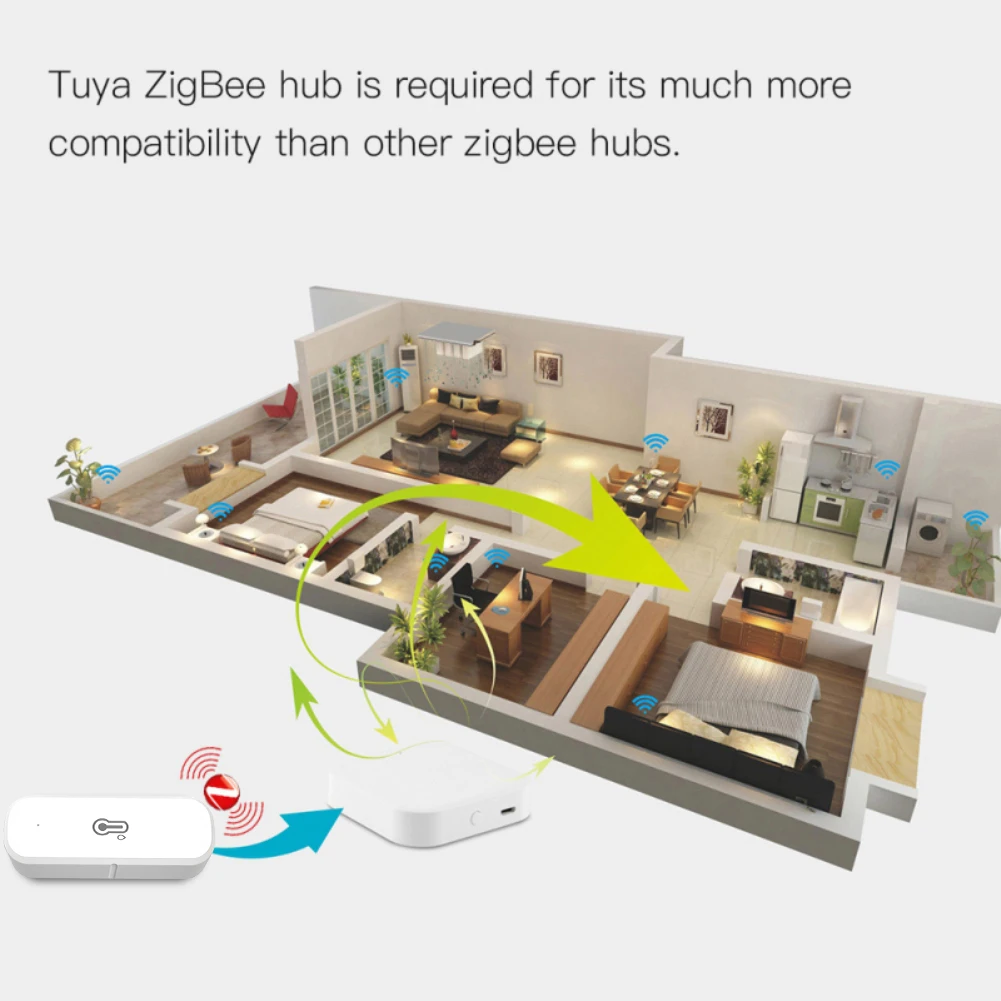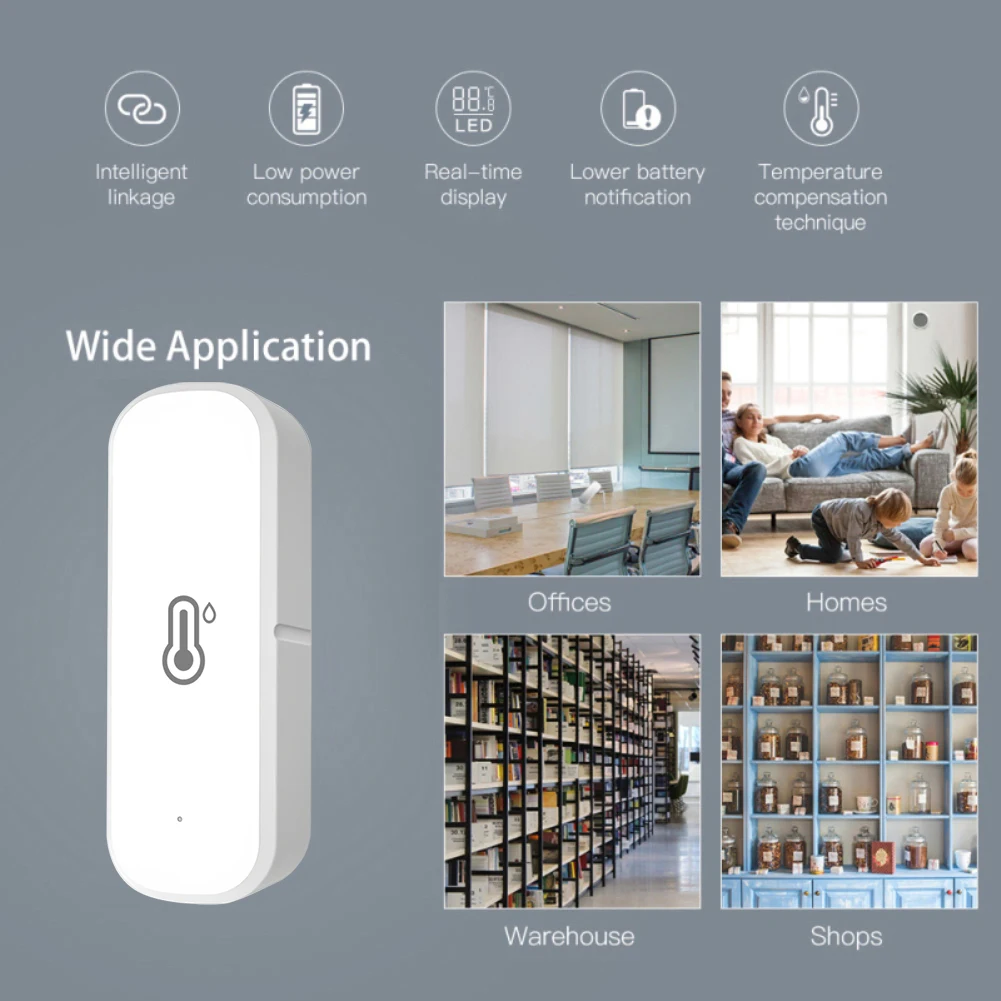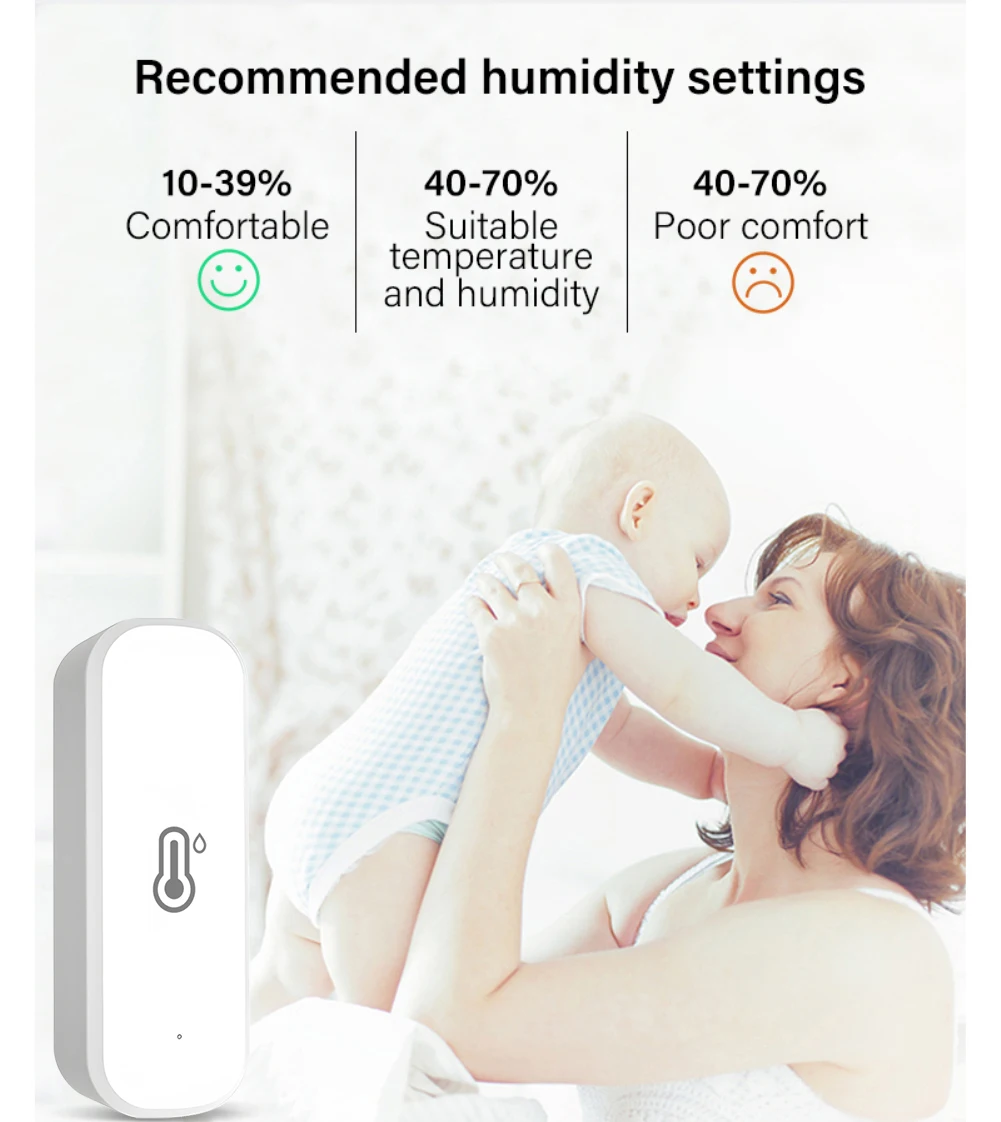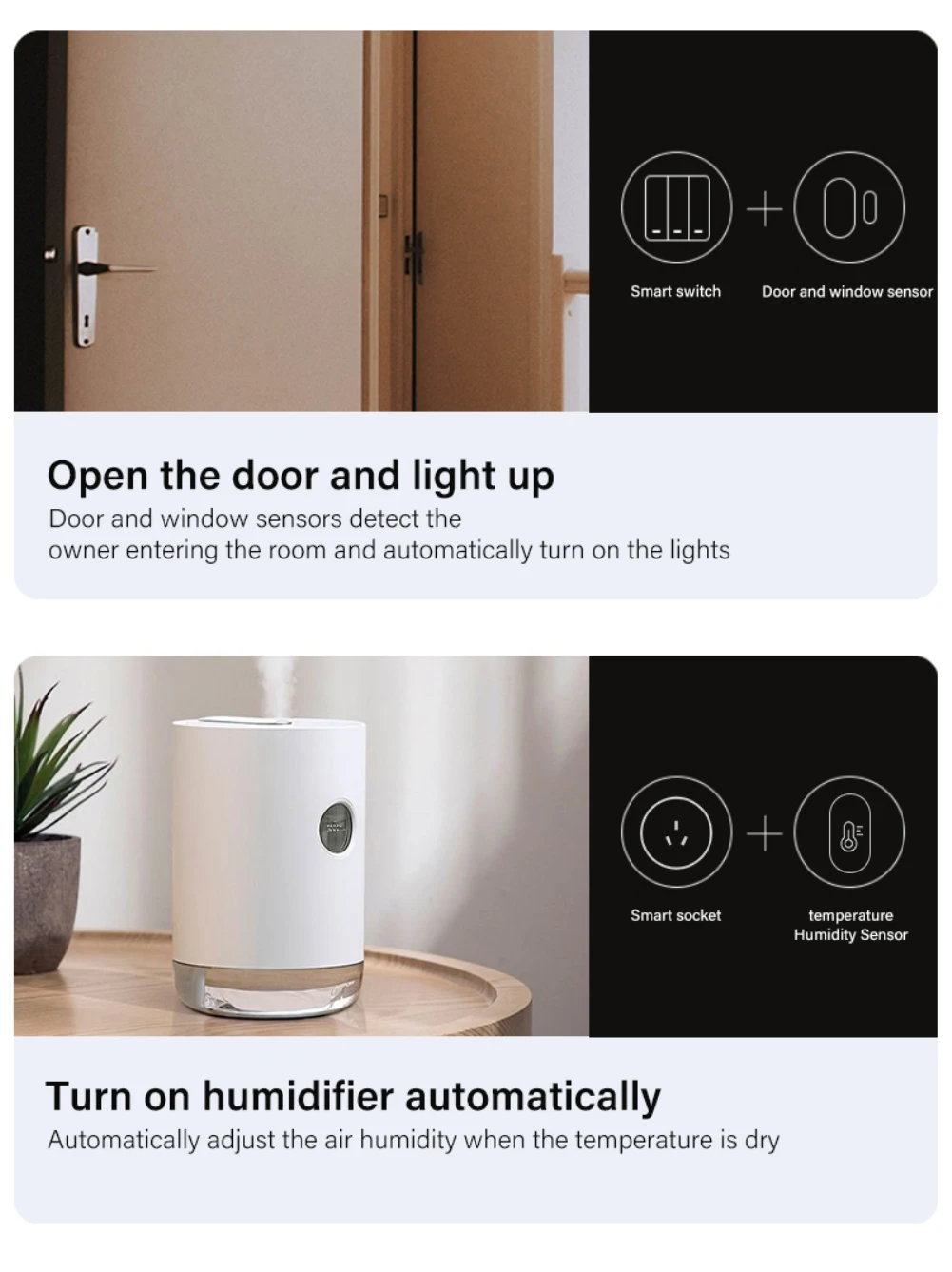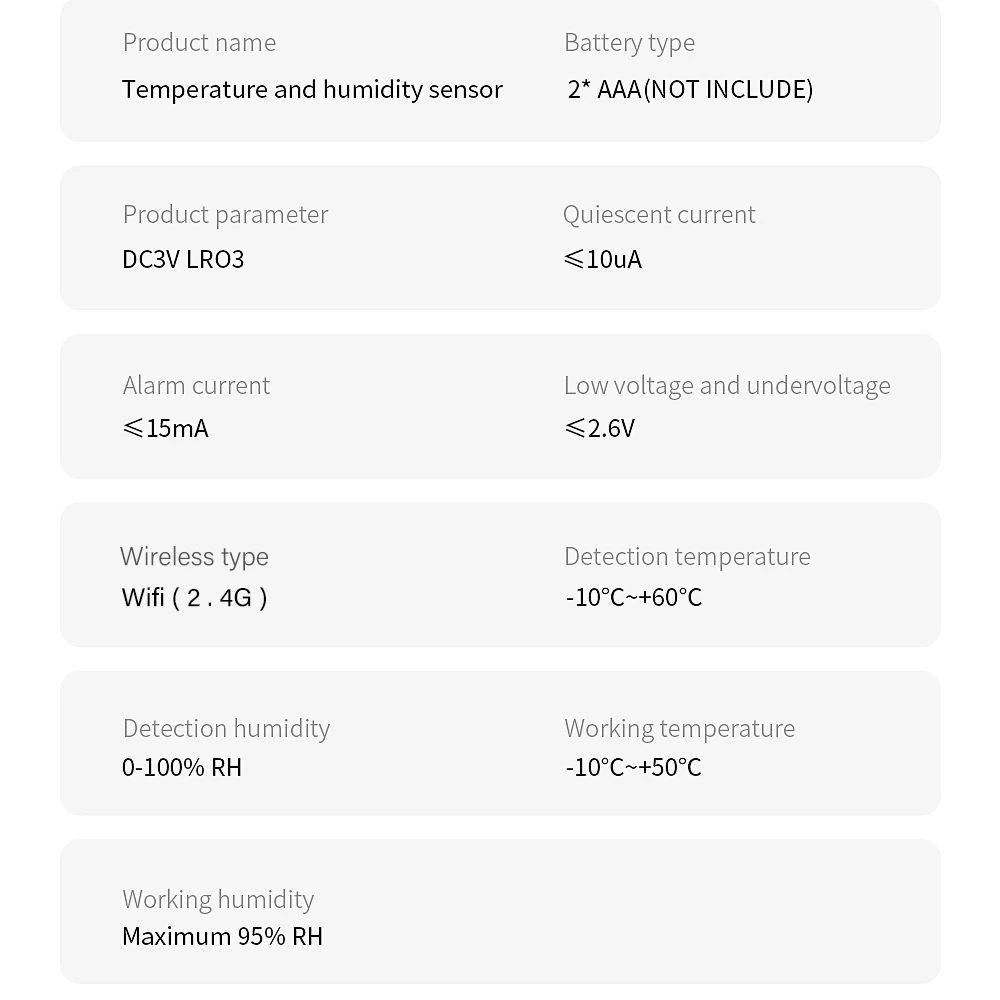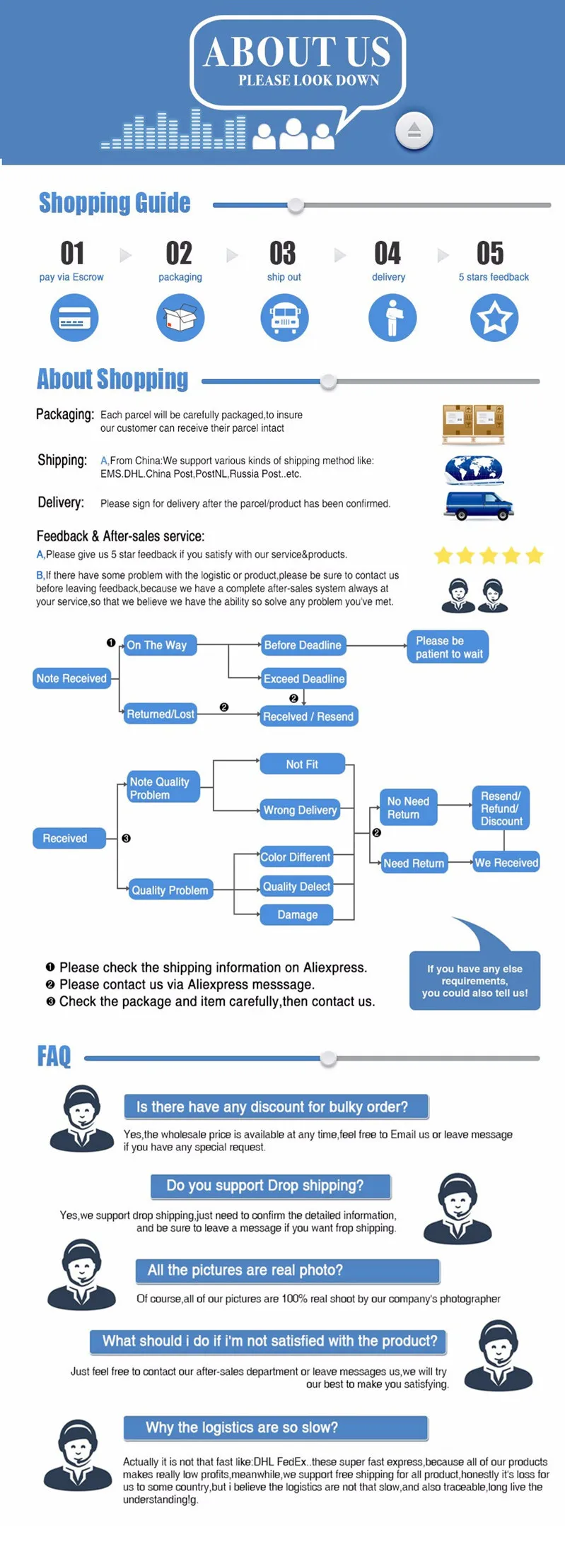Stay Ahead with Advanced Smart Temperature Sensors for Home & Industry
Top Smart Temperature Sensors for Accurate Monitoring
Wireless and Remote Temperature Control
Real-Time Alerts for Efficient Temperature Management
Smart Solutions for Home Automation and Industrial Use
Easy Installation and Seamless Integration with IoT Systems
Achieve precision and control with our smart temperature sensors designed for home and industrial applications. Whether you need a home temperature monitoring solution or an industrial temperature sensor, our devices ensure accurate readings and efficient management.
Explore wireless temperature sensors with real-time alerts, allowing you to monitor and control temperature from anywhere. Ideal for smart homes and industries, our sensors seamlessly integrate with IoT platforms for better automation and performance.
With a smart thermostat or a remote temperature sensor, you can maintain the perfect environment while reducing energy consumption. These digital solutions offer temperature control at your fingertips, ensuring comfort and safety.
Our range of IoT temperature sensors provides advanced functionality and seamless integration into smart home systems, making temperature regulation easier than ever. From digital temperature sensors to smart home temperature sensors, we offer solutions that combine accuracy and convenience.
Smart temperature sensor, Wireless temperature sensor, Home temperature monitoring, Industrial temperature sensor, Smart thermostat, Remote temperature sensor, Temperature control, IoT temperature sensor, Digital temperature sensor, Smart home temperature sensor,








